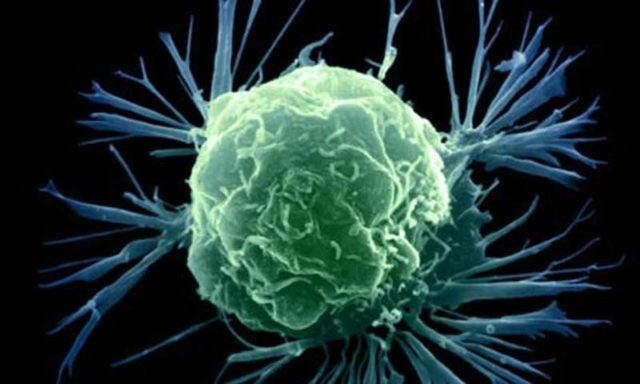Cancer consists of the accelerated, disorderly and uncontrolled proliferation of cells with mutated genes, which normally acts by suppressing or stimulating the continuity of the cell-cycle. When it is pertaining to different tissues of the mammary glands, it is called ‘Breast Cancer’.

The word cancer has a Greek origin and means crab. This denomination is due to its progress adopting a motley form with ramifications, similar to that of a marine crab.
Classification of Breast Cancer
In Situ Ductal Carcinoma
It is produced in the cells of the walls of the breast ducts. It is easy to locate; if it does not spread to other areas, does not produce metastases.
Infiltrating Ductal Carcinoma
It starts in the breast duct, manages to pass through it, and passes the adipose tissue of the breast. Then, it can spread to other parts of the body.
In Situ Lobular Carcinoma
It originates in the mammary glands or lobes and although not malignant increases the risk that a tumor may develop in the future.
Infiltrating Lobular Carcinoma
It starts in the mammary glands, but can spread and destroy other body tissues. Around 10% to 15% of tumors are of this type.
Inflammatory Carcinoma
It is uncommon; it only represents 1% of the total cancerous tumors of the breast. It is aggressive and fast growing. It reddens the skin of the breast and increases its temperature.
Factor’s Risk
The true cause of its emergence is unknown. However, there are some risk agents. All situations that increase the chances of suffering from the disease are considered dangerous.
All those women who are more likely to suffer from carcinomas, can take preventive measures, have periodic reviews and have lifestyle changes.
Sex
In general, women are the ones who suffer from it, but it can also affect men, in a very low percentage.
Age
60% of tumors occur in females with more than 60 years. The percentage is much higher after 75.
Genes
There are 2 genes identified that when are present there is a great possibility of a person developing cancer. Around 50% to 60% of women who inherit these mutated genes can develop the disease before the age of 70.
Background
If a really close family member suffered from the disease, the risk is doubled; on the contrary, if it is a distant relative, there are few possibilities.
Types of Breast Cancer
Benign tumor
It is an alteration of cells that causes its uncontrolled growth. However, they are not cancerous and can be removed and, in most cases, it does not reappear. This type of tumor does not represent a threat to life.
Malignant tumor
Cancer cells can invade and damage tissues and organs near the tumor. These can separate and enter the lymphatic system or blood flow and thus reach other parts of the body.
Diagnosis of Breast Cancer
Self-examination
This system allows to detect the smallest tumors and makes the woman familiar with her breasts being able to notice some change. In gynecological appointments, the doctor checks that there is no irregularity in the breasts. As well as that there is no inflammation of the axillary lymph nodes.

You can palpate yourself in the shower or lying on the bed, with a pillow below the shoulder corresponding to the breast you are going to examine. You must use the hand contrary to the breast that you are going to feel.
Mammography
Every woman of 40 years old must have this study at least once a year. In addition to an annual clinical examination, this consists of a scan that uses low-power x-rays to locate abnormal areas in the breast.
Ultrasound
It is a secondary technique in the diagnosis where ultrasounds are then converted into images.
Biopsy
Once the tumor is detected, a biopsy should be performed to confirm the diagnosis. A sample of tissue will be removed and the pathologist will examine the sample and determine the severity of the tumor.
Treatment of Breast Cancer
This will be determined by the size of the tumor and if there has been extension to the nodes or other areas of the body.
Surgical intervention
It is carried out by experts in the area of surgical oncology and gynecology who will perform the local extraction of the affected tissue.
Radiotherapy
It is based on the use of high-energy radiation, such as X-rays, to destroy or decrease the number of cancer cells. It is a local treatment that is given after surgery.
Chemotherapy
It consists of the administration of medications that destroy the cancer cells and prevent the delivery of the tumor to other parts of the body.
Lumpectomy
This type of surgery is based on resecting the entire tumor that is identified either by palpation or imaging studies.
Quadrantectomy
It consists of the surgical removal of a portion of breast tissue.
Mastectomy
In this case, the entire breast tissue is removed. Do not be afraid. Save your life. Go to the doctor and prevent breast cancer!

